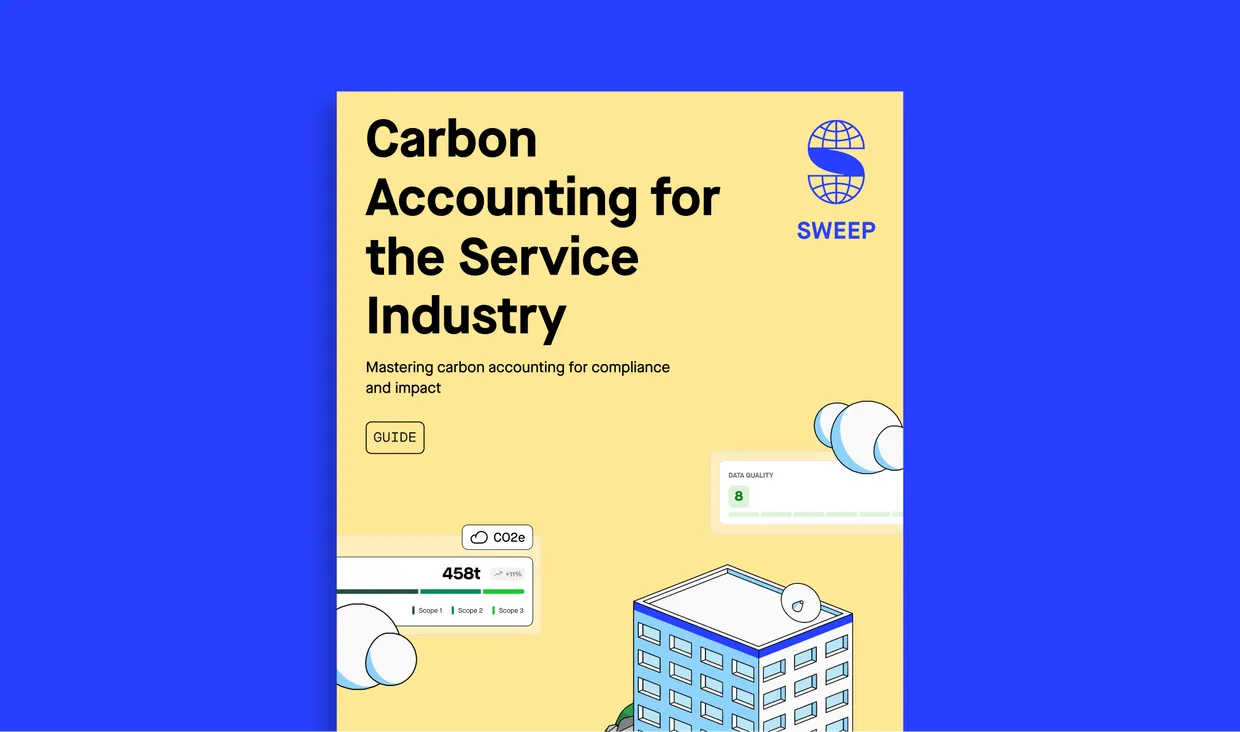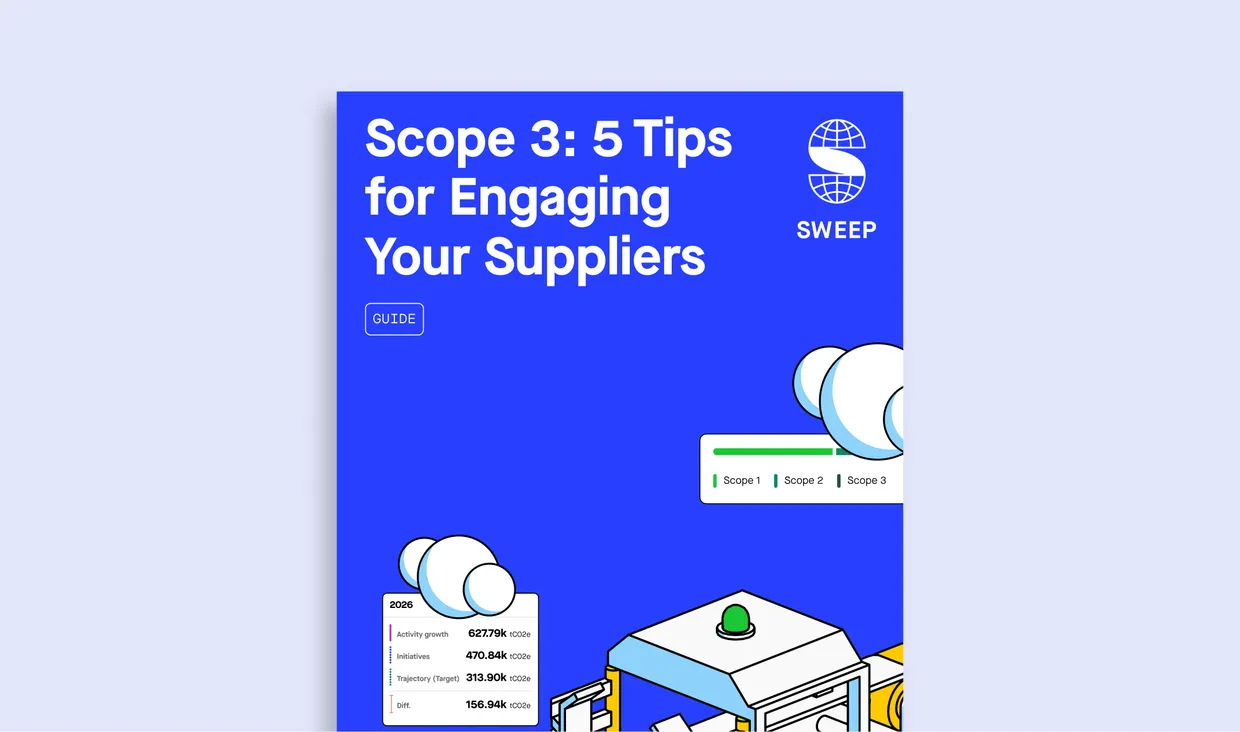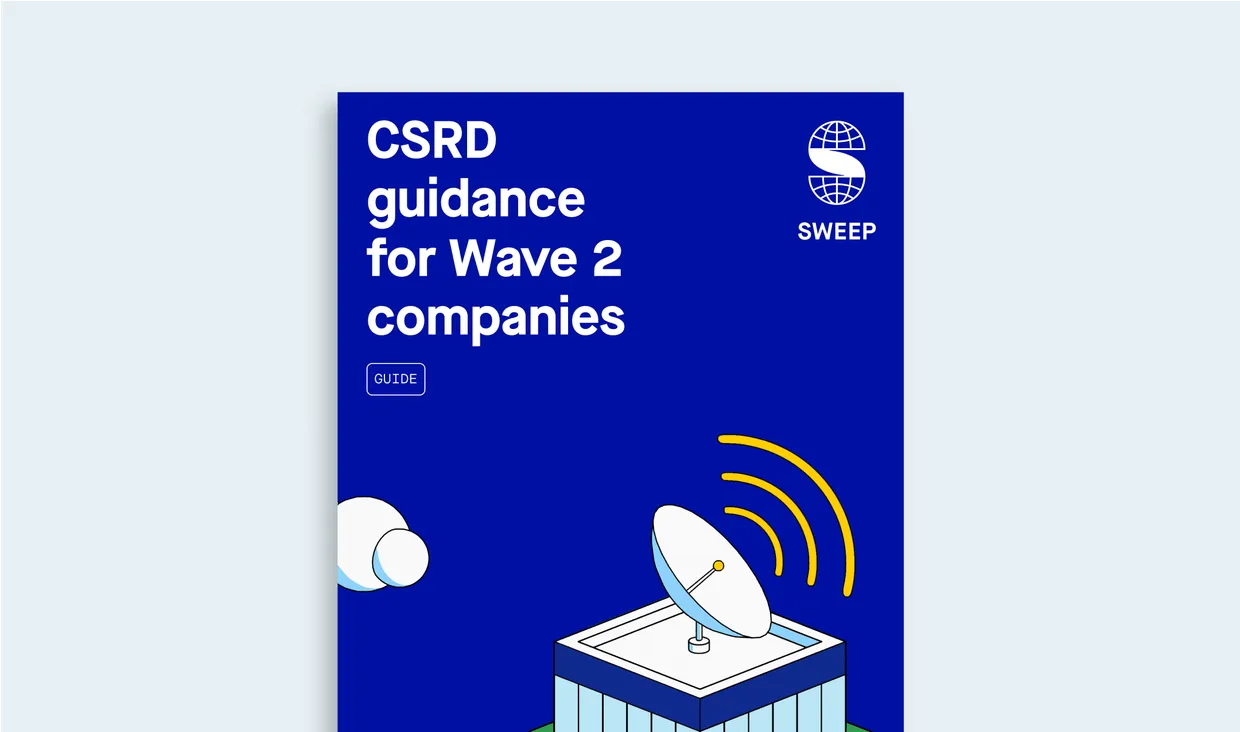Climate stability is a common good on which we all depend.
A climate-conscious business that’s addressing its own carbon footprint positively impacts other businesses, notably by increasing its resilience. In other words, limiting the impact of your company on the climate today means limiting the impact that the climate is likely to have on your business (and other businesses) in the future.
By engaging your entire ecosystem of partners in your decarbonization journey, your company is creating important conditions for the success of its reduction objectives.
One of the key challenges is the number and variety of partners in any such ecosystem – and note that ‘partners’ is the right word to use here. You only need to consider the categories of the GHG protocol to realize their diversity.
When we’re talking about ‘sold products’, we’re encouraging the end customers to take responsibility for their consumption choices. When considering a franchise, we expect the parent company to set the climate roadmap for its franchisees.
If we consider the transport policies within a given region, or the transformation of the automotive sector – we can see that these have a direct impact on the employee travel category of a company's Scope 3 emissions. And in the financial sector, investors are asked to align themselves with a maximum 2°C trajectory (in line with the Paris Agreement), so that the same can be done at a portfolio level.
What does the Task Force on Climate-related Financial Disclosures (TCFD) recommend when it comes to Governance Disclosure?
The TCFD framework, the DNA of the emerging extra-financial reporting frameworks, has two specific recommended disclosures around governance. Reporting companies are asked to describe:
Board oversight of climate-related risks and opportunitiesManagement’s role in the assessment and management of climate-related risks and opportunities
These aim to guide all businesses to report on how climate could impact their organization’s governance and how to include them in their existing reporting processes.
In short, carbon footprints are interconnected and coordinating action beyond your company's borders is essential.
But one particular type of partner has the largest influence on the ripple effect that a company can have on its ecosystem: the supply chain.
Supply: A chain reaction
The supply chain is aptly named when considered as a key component of climate action. Indeed, if major clients depend on their suppliers for the continuity of their business, they’re just as dependent on these suppliers to achieve their climate objectives. This new dependence is giving rise to frameworks for dialogue and mutual support that are largely changing the classic customer-supplier relationship.
Since 2018 and the release of the Intergovernmental Panel on Climate Change (IPCC)'s special 1.5°C report, major companies have committed to ambitious targets in an unprecedented "race to zero". According to the Science-Based Target Initiative, 2,300 companies have committed to targets validated by SBTi, including 1,700 with net-zero pledges. But in the aftermath of the big target announcements, company leaders have realized the key role that suppliers play in achieving these.
Many small and medium-sized companies have seen their client's targets cascade down to their business. The trouble is that they often have no idea what scopes and emissions targets are, nor do they understand the meaning of a 2°C trajectory.
Any company that offers a finished product for sale and is interested in its carbon footprint knows that two thirds of its emissions come from its supply chain. Every client is responsible for what he buys and every supplier passes on part of his carbon footprint to his customer. This shared responsibility calls for large-scale cooperation across the value chain. Put another way, large manufacturing companies will not achieve their climate goals without getting their suppliers on board with their own climate strategy.
Maturity level is a central challenge in engaging suppliers. And an excel spreadsheet and a phone call simply won’t do the trick.
The goal is for business leaders to become influencers and help smaller companies to get a foothold in the carbon world. That’s why asking them for emission data won’t be enough. Large companies have a duty to provide their suppliers with the best climate commitment tools.
And the good news is that carbon management platforms such as Sweep offer a much more user-friendly way of measuring and reducing the emissions generated by your supply chain.
Here’s our step-by-step advice to engage your suppliers and organize a climate governance that covers your entire supply chain:
-
Map suppliers and organize them into categories: by purchasing group, by lease etc.
-
Adopt the Pareto principle and be strategic. Use spend-based emission data for your smaller suppliers (80%).
-
Send customized surveys to the 20% of suppliers that represent 80% of your carbon footprint
-
Set joint reduction targets with your suppliers and define decarbonization initiatives
-
Engage your suppliers further by classifying their level of commitment
Of course the key to achieving all of the above is the ability to convince your suppliers of the need to take climate action. It’s important to highlight to them that as soon as they act, their carbon data (CO2 emissions per product sold) is worth its weight in gold.
And it’ll give them a definite competitive advantage when customers start to compare the carbon embedded in the products they buy. What it means in a nutshell, is that they risk a downturn in business if they don't get their act together. On the flipside, they have a real opportunity to win over new markets if they do.
Provide your suppliers with a tool that incorporates all the steps of a climate journey – measurement, reduction, contribution, reporting – and is capable of proposing workflows and sending reminders. In doing so, you’ll drive climate action across your entire value chain, while creating new business opportunities.
%20(1)_Z2q7EMT.webp)
-1140x610_1EtSWJ.webp)



